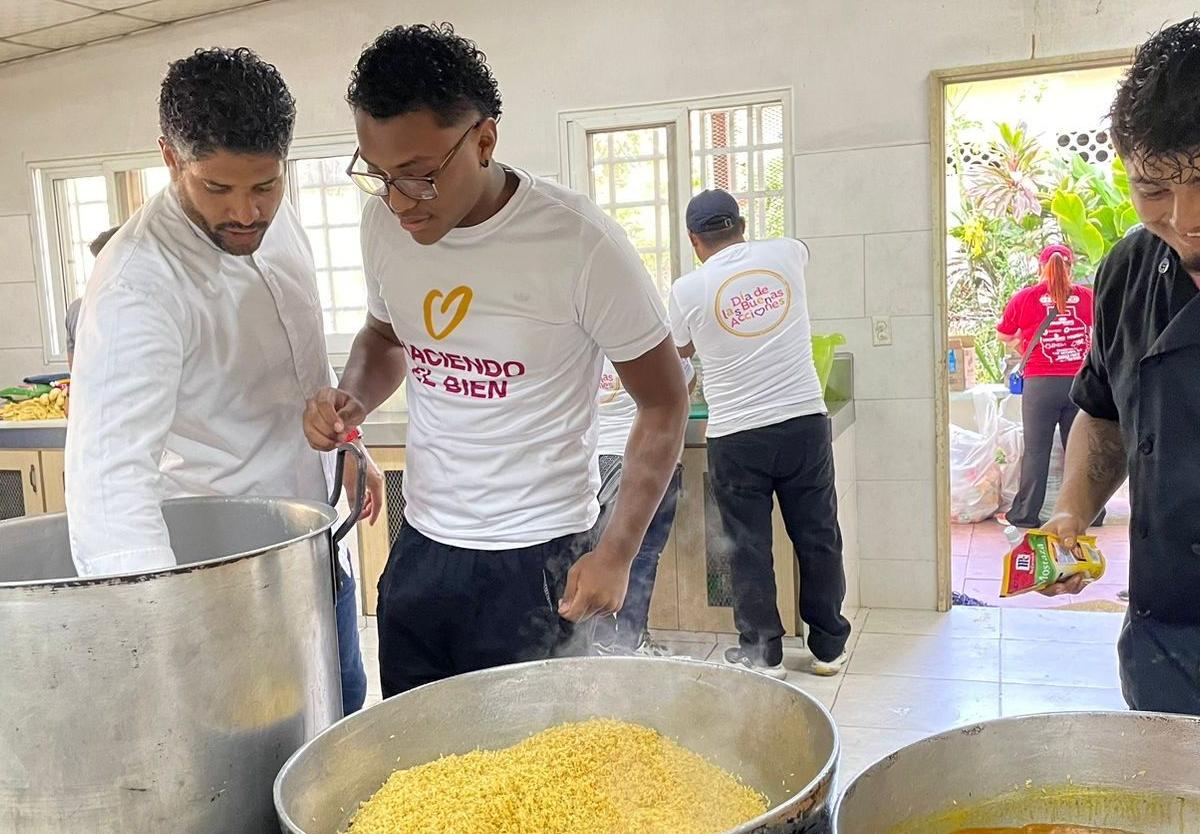
No. 1: Hunger Knows No Boundaries
Hunger is a global issue affecting more than 825 million people worldwide, according to the World Food Programme. That’s one in nine people on earth. This challenge transcends borders, impacting both high- and low-income nations. In India, nearly one in six people face hunger; in the United States, over 34 million people, including 9 million children, are food insecure.
The world faces extraordinary challenges — from climate change to food insecurity — foodbanks purpose to nourish the world in a safe, responsible, and sustainable way. Collaborating with strategic partners across the globe to bring this purpose to life by empowering farmers, protecting the planet, and nourishing people and communities.


No. 3: The Impact of Your Donations
It’s not just about donating food—it’s about donating healthy food. Items like fruits, vegetables, whole grains, low-fat dairy, and lean proteins are essential. For example, the Feeding America network ensures that 71% of the food collected is healthy, aiming to provide enough fruits and vegetables to serve 1.7 billion meals a year by 2025.
With the number of people experiencing food insecurity on the rise and public resources for food assistance limited, food banks are increasingly crucial in alleviating hunger. Your contributions can make a significant difference by providing nutritious options to those in need.

No. 4: Food Banks Handle the Hard Work
When you donate, your part may be done, but theirs is just beginning. Food banks are logistics experts, ensuring meals reach those in need. The 341 food banks of the European Federation of Food Banks (FEBA) alone have redistributed 907,280 tons of food.
This monumental effort involves collecting, sorting, storing, and distributing food efficiently and safely. Food banks coordinate with local agencies, shelters, and community centers to ensure that food reaches the most vulnerable populations. They also manage relationships with food producers, retailers, and donors to secure a steady supply of nutritious food.
Their expertise and extensive networks enable food banks to have a far-reaching impact, bridging the gap between surplus and scarcity. From disaster relief to everyday assistance, food banks play a critical role in fighting hunger and supporting community resilience.

No. 5: Goals Extend Beyond Food
While providing food is central, food banks’ support encompasses much more. Their work includes innovative food sourcing, improving food safety, promoting community health and nutrition, facilitating product donations, and encouraging employee volunteerism.
Food banks also engage in educational programs to teach communities about nutrition and healthy eating habits. They collaborate with local farmers and producers to reduce food waste and support sustainable agriculture. Additionally, food banks often offer services like job training, financial literacy workshops, and assistance programs to help individuals and families achieve long-term stability.
By addressing the root causes of hunger and poverty, food banks aim to create more resilient and self-sufficient communities. Their comprehensive approach ensures that they are not just providing immediate relief but also empowering individuals and fostering lasting change.




